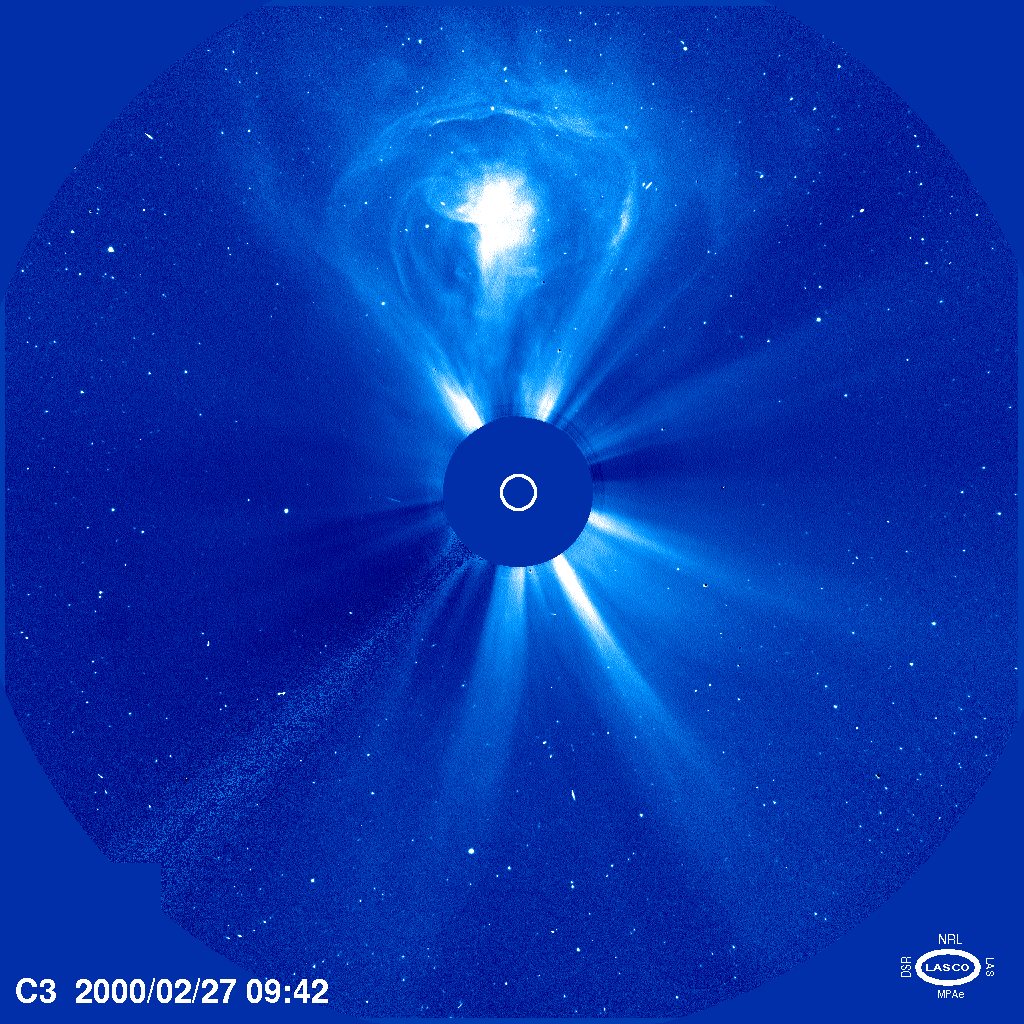How Do We Study The Sun?
Scientists study the Sun number in a number of ways including ground based telescopes and satellites to obtain as much information as possible.
The atmosphere of the Sun varies in temperature so a whole range of wavelengths are needed to make complete observations.
- Solar Interior
- Photosphere
- Chromosphere
- Corona
The interior of the Sun is too dense to be seen (photons of light are unable to stream out into space and to the Earth) so scientists use a method known as helioseismology to probe the structure in this part of the Sun. Helioseismologists listen to the music of the Sun by studying sound waves which bounce around inside. The reflection of the sound waves off the inside of the photosphere causes the surface to pulsate very slightly, and the rising and falling of the photosphere can be measured to give information on the density and motions of the material within the Sun.
The photosphere was the first part of the Sun to be studied as it can be seen in white light, the same light that we detect with our eyes. Many telescopes on the Earth study the Sun in white light. In some cases the telescopes use filters to reduce the amount of light recieved from the Sun. The Sun should never be viewed by the human eye without reducing the amount of light to a millionth of the initial brightness!
The temperature of the chromosphere is higher than the photosphere and can be observed by light emitted from ionised Helium. This light is in the Ultra-violet part of the electromagnetic spectrum and special telescopes are used which are sensitive to these wavelengths.
The corona is the hottest part of the solar atmosphere and needs to be viewed in the hottest and most energetic end of the electromagnetic spectrum. These means instruments which detect Ultra-violet and X-ray radiation are used.
How do we study flares?
Flares release huge amounts of energy and heat the coronal plasma to many tens of millions of degrees. The energy released is seen through out the spectrum including X-rays, gamma-rays, UV and radio waves, so special instruments are required that are sensitive at these wavelengths. The YOHKOH satellite carried many instruments including the Soft X-ray Telescope (SXT). This instrument is capable of taking images of the solar corona in the temperature range 2-4 million degrees Kelvin.
How do we study coronal mass ejections?
Coronal mass ejections (CME) are detected in white light when the disc of the Sun is occulted by an instrument called a coronagraph. Most of the Sun's light is emitted from the photosphere and this needs to be blocked if the fainter corona is to be seen. The density enhancements of the CME are seen by the scattering of the photospheric light off the electrons in the corona by a process called Thomson scattering.


